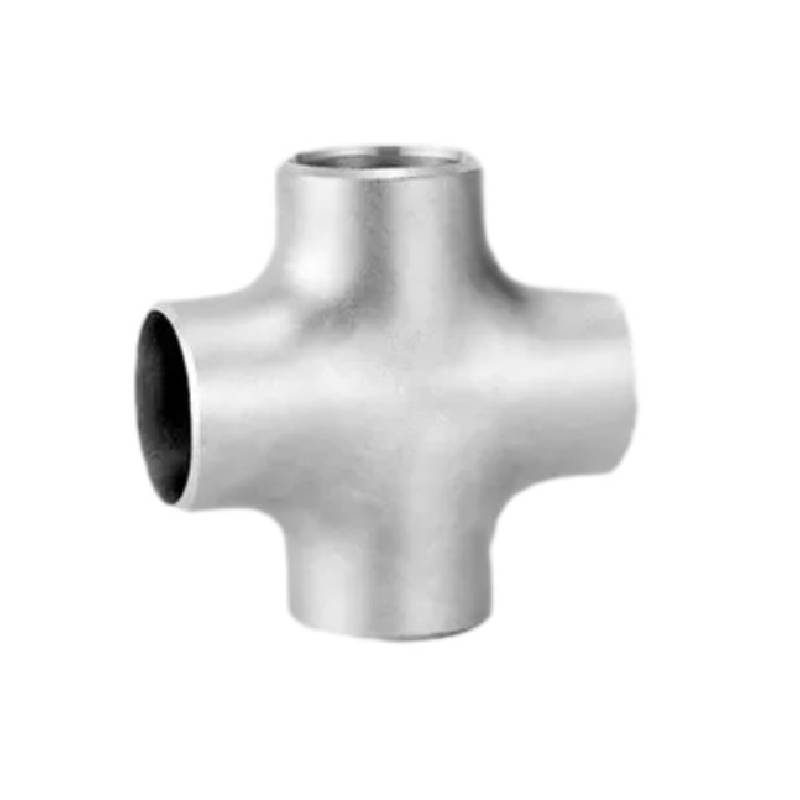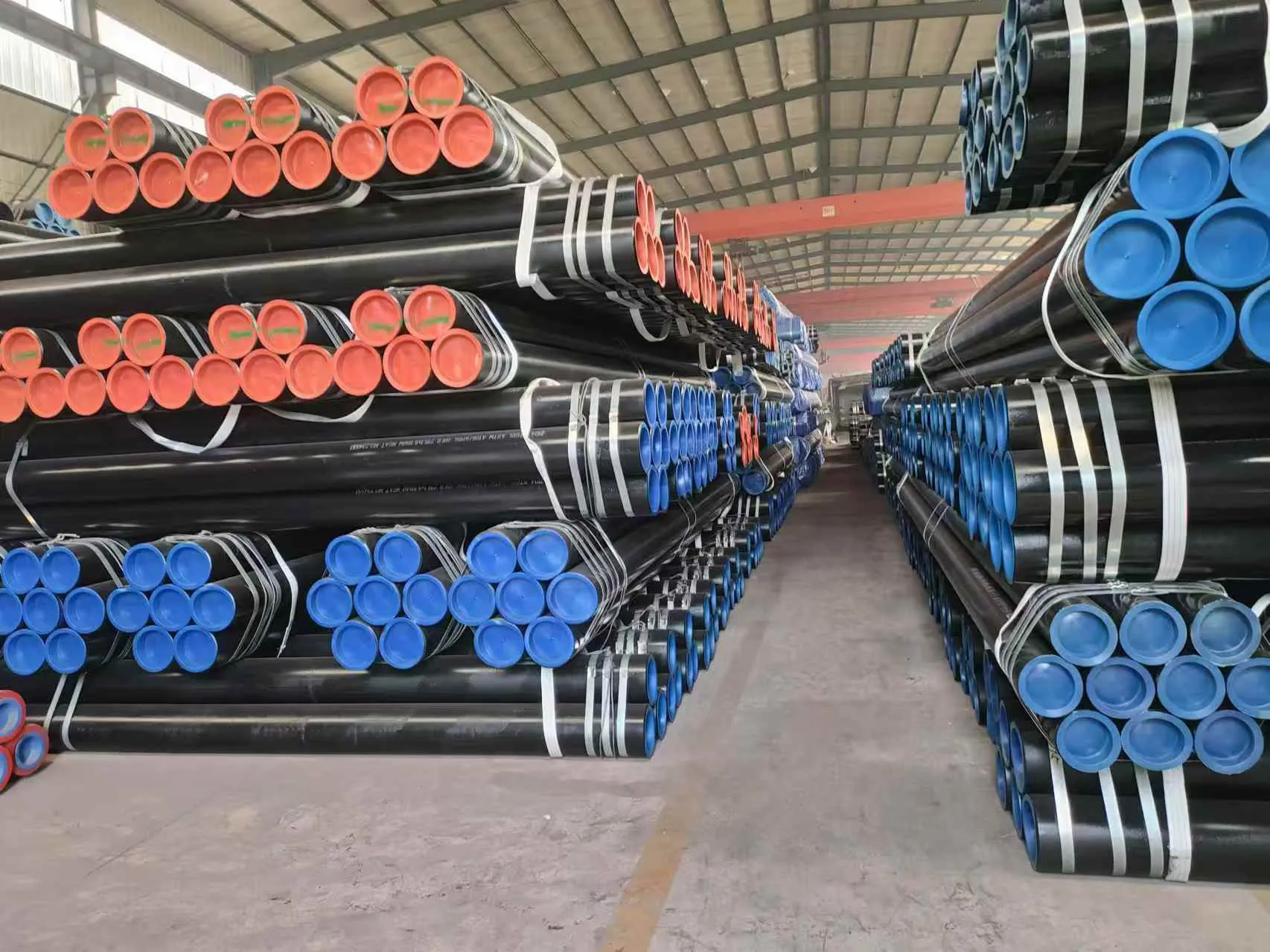-
Cangzhou Yulong Steel Co., Ltd.
-
Phone:
+86 13303177267 -
Email:
admin@ylsteelfittings.com
- English
- Arabic
- Italian
- Spanish
- Portuguese
- German
- kazakh
- Persian
- Greek
- French
- Russian
- Polish
- Thai
- Indonesian
- Vietnamese
- Zulu
- Korean
- Uzbek
- Hindi
- Serbian
- Malay
- Ukrainian
- Gujarati
- Haitian Creole
- hausa
- hawaiian
- Hebrew
- Miao
- Hungarian
- Icelandic
- igbo
- irish
- Japanese
- Javanese
- Kannada
- Khmer
- Rwandese
- Afrikaans
- Albanian
- Amharic
- Armenian
- Azerbaijani
- Basque
- Belarusian
- Bengali
- Bosnian
- Bulgarian
- Catalan
- Cebuano
- China
- China (Taiwan)
- Corsican
- Croatian
- Czech
- Danish
- Esperanto
- Estonian
- Finnish
- Frisian
- Galician
- Georgian
- Kurdish
- Kyrgyz
- Lao
- Latin
- Latvian
- Lithuanian
- Luxembourgish
- Macedonian
- Malgashi
- Malayalam
- Maltese
- Maori
- Marathi
- Mongolian
- Myanmar
- Nepali
- Norwegian
- Norwegian
- Occitan
- Pashto
- Dutch
- Punjabi
- Romanian
- Samoan
- Scottish Gaelic
- Sesotho
- Shona
- Sindhi
- Sinhala
- Slovak
- Slovenian
- Somali
- Sundanese
- Swahili
- Swedish
- Tagalog
- Tajik
- Tamil
- Tatar
- Telugu
- Turkish
- Turkmen
- Urdu
- Uighur
- Welsh
- Bantu
- Yiddish
- Yoruba

Jan . 16, 2025 01:24 Back to list
psl1 psl2
In the realm of steel manufacturing and quality assurance, the terms PSL1 and PSL2 frequently emerge, especially when discussing API 5L line pipes. These two designations represent different quality levels for line pipes, crucial for industries such as oil and gas. Delving deeper into the distinctions between PSL1 and PSL2 not only underscores the importance of choosing the right specification but also enhances our understanding of their practical applications, fostering expertise and trust in the decision-making process.
Furthermore, the welding requirements between the two levels diverge significantly. PSL2 requires stricter control of the welding processes compared to PSL1. The comprehensive welding specifications in PSL2 contribute to its reliability in delivering consistent performance across the entire pipeline. Selection between PSL1 and PSL2 hinges on the specific project needs. Cost considerations, environmental conditions, and stress factors are pivotal. While PSL1 may suffice for many standard applications, the superior attributes of PSL2 often prove indispensable for complex projects demanding impeccable safety standards and operational efficiency. From an authority and reliability standpoint, industry professionals consistently advocate for a thorough evaluation of project parameters to determine the appropriate quality level. The credibility built through informed choices not only aligns with project goals but also upholds industry standards and integrity. In the final analysis, understanding the nuances between PSL1 and PSL2 extends beyond mere technical specifications. It encapsulates a commitment to mastering industry standards, ensuring safety, and optimizing performance. Selecting the correct specification is an integral component in strategic planning and execution, illustrating how expertise and meticulous planning underpin successful project outcomes. Such comprehensive insights into PSL1 and PSL2 contribute significantly to an enhanced knowledge base, fortifying one's position as a trusted authority in the sphere of steel manufacturing and quality assurance. The strategic selection of line pipe standards consequently amplifies project success, reinforcing the pillars of trust and competence within the industry.


Furthermore, the welding requirements between the two levels diverge significantly. PSL2 requires stricter control of the welding processes compared to PSL1. The comprehensive welding specifications in PSL2 contribute to its reliability in delivering consistent performance across the entire pipeline. Selection between PSL1 and PSL2 hinges on the specific project needs. Cost considerations, environmental conditions, and stress factors are pivotal. While PSL1 may suffice for many standard applications, the superior attributes of PSL2 often prove indispensable for complex projects demanding impeccable safety standards and operational efficiency. From an authority and reliability standpoint, industry professionals consistently advocate for a thorough evaluation of project parameters to determine the appropriate quality level. The credibility built through informed choices not only aligns with project goals but also upholds industry standards and integrity. In the final analysis, understanding the nuances between PSL1 and PSL2 extends beyond mere technical specifications. It encapsulates a commitment to mastering industry standards, ensuring safety, and optimizing performance. Selecting the correct specification is an integral component in strategic planning and execution, illustrating how expertise and meticulous planning underpin successful project outcomes. Such comprehensive insights into PSL1 and PSL2 contribute significantly to an enhanced knowledge base, fortifying one's position as a trusted authority in the sphere of steel manufacturing and quality assurance. The strategic selection of line pipe standards consequently amplifies project success, reinforcing the pillars of trust and competence within the industry.
Next:
Latest news
-
ANSI 150P SS304 SO FLANGE
NewsFeb.14,2025
-
ASTM A333GR6 STEEL PIPE
NewsJan.20,2025
-
ANSI B16.5 WELDING NECK FLANGE
NewsJan.15,2026
-
ANSI B16.5 SLIP-ON FLANGE
NewsApr.19,2024
-
SABS 1123 FLANGE
NewsJan.15,2025
-
DIN86044 PLATE FLANGE
NewsApr.19,2024
-
DIN2527 BLIND FLANGE
NewsApr.12,2024
-
JIS B2311 Butt-Welding Fittings LR/SR 45°/90° /180°Seamless/Weld
NewsApr.23,2024











